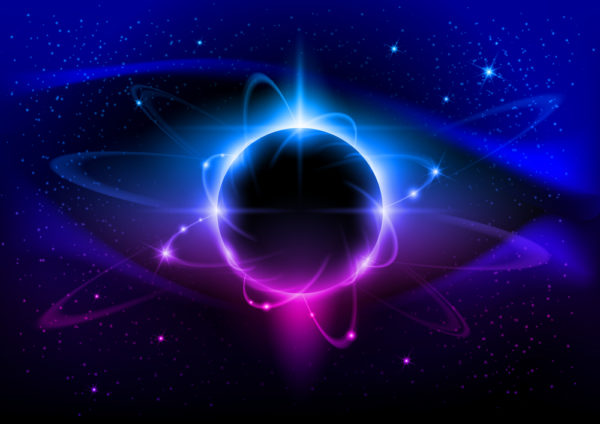Black holes are some of the most enigmatic objects in the universe. This is partially because the equations of general relativity that we use to understand them break down when studying black holes’ ultra-dense centers. However, a new paper shows how astronomers could one day overcome this challenge by using gravitational waves to “see” inside merging black holes, and learn what they’re really made of.
In Einstein’s general theory of relativity, black holes are objects that prevent light from escaping due to their enormously strong gravity. The boundary of a black hole is known as the event horizon — if you pass beyond that threshold, you won’t ever make it out. Relativity also predicts that the centers of black holes are points of infinitely high densities, known as singularities.
The presence of singularities means that the equations themselves are breaking down; infinities start appearing in the math which prevent further calculations. So we know that general relativity is incomplete. There must be a more fundamental theory, probably linked to the quantum physics of subatomic scales, that can properly describe what’s happening in the center of a black hole.
“Writer Fuel” is a series of cool real-world stories that might inspire your little writer heart. Check out our Writer Fuel page on the LimFic blog for more inspiration.


